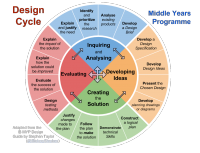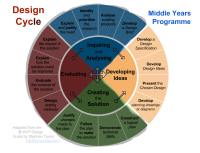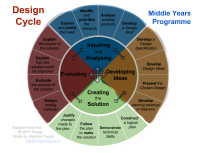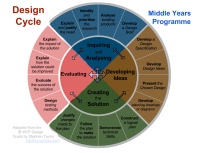What Video Game to Buy Next
I am going to write a short description of my idea here. I am going to briefly describe WHY this is an issue I am interested in, and HOW my idea might make the world a better place. I will write my first name here:
Inquiring and Analyzing[edit]
Explain and justify the need for a solution to a problem for a specified client/target audience[edit]
This is where I am going to explain and justify the need for my design. Specifically, I am going to:
There is a major need for a program or software to help one decide what game to buy next, because in today's world, there are thousands of video games, with seven thousand on Steam alone, and that's not even all of them. This program's aim will be to aid the thousands of people who play video games to decide what video game they would like to buy next. This program will be largely directed and focused towards people who play PC (Personal Computer) games, although in the future it might take into account games for consoles such as the Playstation 4 and the Xbox 1. I have chosen this problem because so many of us gamers face indecision when it comes to buying games. It will make the world a better place by producing a way for people to decide what game they would be most interested in.
Identify and prioritize the primary and secondary research needed to develop a solution to the problem[edit]
The biggest point of research with developing this program and this project would be finding and documenting each game that is available for purchase. I will also have to categorize each of the thousands of video games into categories such as First Person Shooters, Puzzle Solving, and cartoon. I will need to begin documenting each and every game first, so I know how many games there are. Next I'll need to categorize each game into the different categories, and take into account that some games might fall into multiple categories, such as some FPS (First Person Shooter) games that also fall within the RPG (Role-Playing Game) category. Finally, I'll also need to put the games into language categories, because some games might not support the language of the person looking to buy a video game.
Analyse a range of existing products that inspire a solution to the problem[edit]
If there are any solutions to this major problem, then I have not encountered any of them. I've looked at several places, but they are just listing off an amount of 'the best games' of a year. This does not really help someone, because if the person does not like the type of game that the article is speaking about, then they will not find the article useful. There is a web page that does something similar, however, it does not contain games that are for PC or Playstation. The game it included are also outdated, several of which are over fifteen years old. link: http://www.selectsmart.com/FREE/select.php?client=xVideoxGame Another example of a 'quiz' that attempts to do the same thing I will be attempting to do is a quiz, where it gives you scenarios and asks you how you would react. It then gives you a game suggestion based on what you answered. link: https://www.quotev.com/quiz/1402528/What-Video-Game-Should-You-Buy A downside of this internet based program is that the games it suggests are console exclusives, giving PC gamers no chance for help.
Develop a detailed design brief which summarizes the analysis of relevant research[edit]
This is where I will present my main findings. Specifically I will:
- Present the main findings of relevant research
-- dont worry about stuff below this line yet --
Developing Ideas[edit]
Students write a detailed specification, which drives the development of a solution. They present the solution.
In order to reach the aims of design, students should be able to:
Develop a design specification which clearly states the success criteria for the design of a solution[edit]
Develop a range of feasible design ideas which can be correctly interpreted by others[edit]
Present the final chosen design and justify its selection[edit]
Develop accurate and detailed planning drawings/diagrams and outline the requirements for the creation of the chosen solution.[edit]
Creating the Solution[edit]
Outline a plan, which considers the use of resources and time, sufficient for peers to be able to follow to create the solution[edit]
Demonstrate excellent technical skills when making the solution[edit]
Follow the plan to create the solution, which functions as intended[edit]
List the changes made to the chosen design and plan when making the solution[edit]
Present the solution as a whole[edit]
Evaluating[edit]
Outline simple, relevant testing methods, which generate data, to measure the success of the solution[edit]
Outline the success of the solution against the design specification[edit]
Outline how the solution could be improved[edit]
Outline the impact of the solution on the client/target audience[edit]
Grading[edit]
The grading rubric for each section is not finished yet, but when it is, it will be here. This is an example reference to help you understand how to use references[1]




